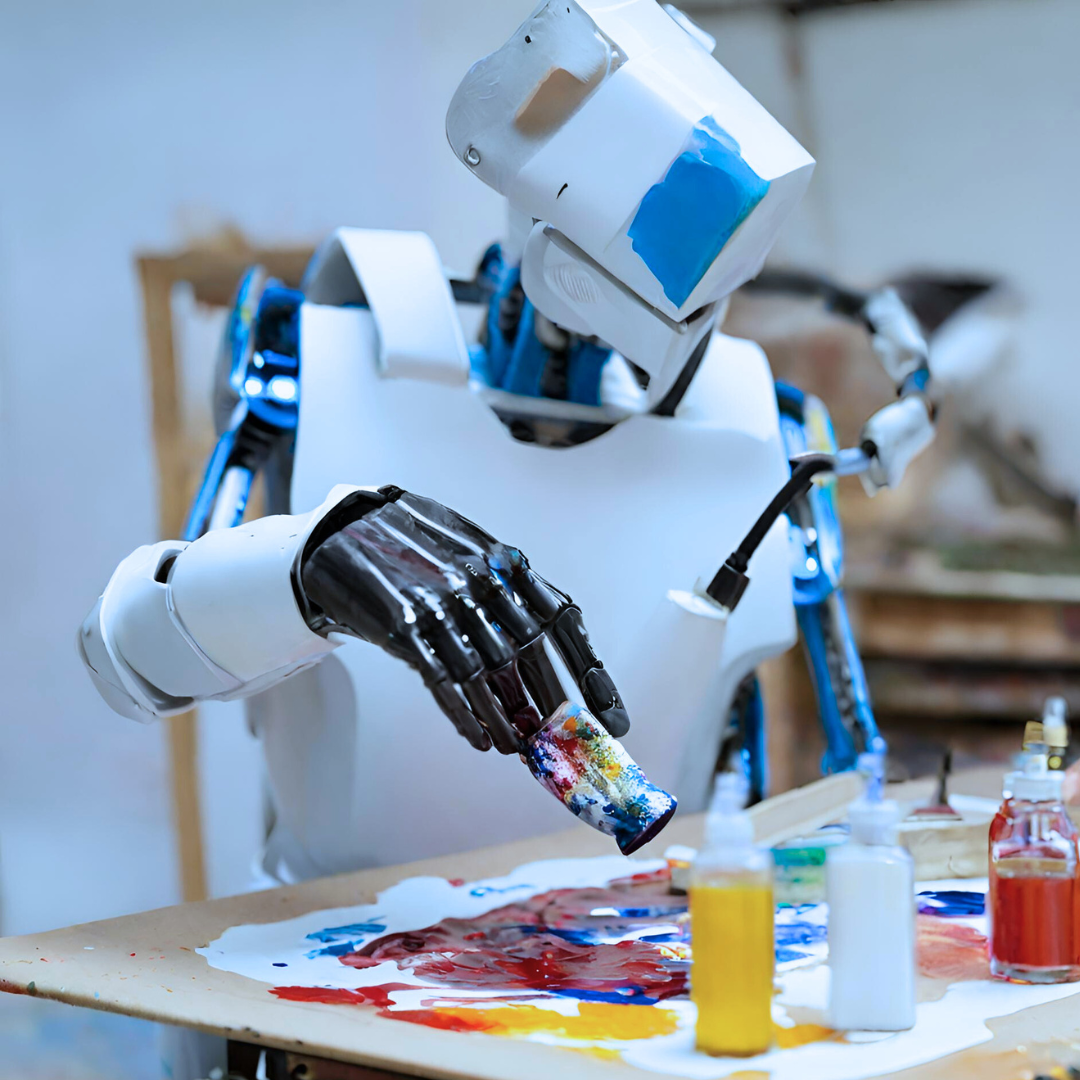Cracking the AI Creative Code


The artificial intelligence field (AI) will look back on 2023 as its “A-Ha!” moment, leaping into mainstream consciousness, and ushering in an explosion of widely experimented AI tech across workplaces and industries. The digital gunslinging world of advertising is no exception. Creatives, media buyers, and brand managers have all started experimenting with AI tech to help them design ad creatives, make programmatic more programmatic-er, and measure and optimise campaigns.
Let’s start where most finish: the ad creative. The recipe itself is simple: one part image, one part meaning, one part sound (optional). Naturally however, the realisation of this is much more complex than the formula. That is exactly where generative AI (GenAI), with its ability to birth entirely new images, videos, text, code, and sounds, potentially even personalised to both context and individual, has started coming into play.
Generative AI can make the conceptualisation, execution, and re-imagination of ad creative both infinite and instantaneous: provide a text prompt and/or reference material, sip coffee, and let the algorithm take it from there. The giants of META, Google, and Snapchat have all showcased their own integrated GenAI tools as the latest solutions for advertisers, with standalone specialised tools having entered the field too: the likes of ChatGPT, DALL-E, or Stable Diffusion leading the crowd.
We are not expecting AI to understand our campaign strategies or local market, no. This is about the creative, the what, after we have decided our why, when, where, and how’s. There is however the most essential of essential factors unanswered for, and that is effectiveness – can these AI generated ads make people act, influence opinion, generate attention, or increase mental availability better or equal to non-AI generated ads?
Current research suggests that the answer is yes: potentially. A recent Lumen Spotlight study testing Seedtag creatives for Diageo found that when optimised by Seedtag’s proprietary GenAI creative tools, the ads generated significantly more attention overall in comparison to Lumen benchmarks, aligning with positive lifts seen in Seedtags own data.
In December last year researchers from the University of Hamburg developed an algorithm, trained on consumer responses and existing human-made visual ad creatives from Nio and Polestar, that not only produced ads consistently more effective at different levels of the purchase funnel, but that could be “fine-tuned” for specific short-term marketing objectives.
Further to this, findings from a 2023 Kantar study, where researchers tested nine different ad creatives either generated fully or partially by AI, also suggested that AI creatives have the potential to be at least as good at generating brand impact as creatives created using non-AI methods. Researchers noted specifically that the machine-generated creative had the potential “to drive meaningfulness, difference, and saliency for the brand”. Equal effectiveness delivered with potential for greater efficiency, speed, and scalability is green light territory.
Realistically though, these are just the first signs of promising life and the skills and expertise of the creative agency, and human beings for that matter, are still crucial. Like any other technology they should be seen as a tool. There are still many known unknowns around AI in general (such as upper and lower funnel effectiveness, ethical considerations, potential over reliance of data-driven decisions) and lest we forget, we are in the early adoption stage after all. Only through more experimentation, research, and adoption will we really start to understand the effects AI can have in this space.
Will they lead an evolution or revolution in how we create ads in the future? We don’t know.
But through greater adoption, experimentation, and research we might. Happy ad-venturing.